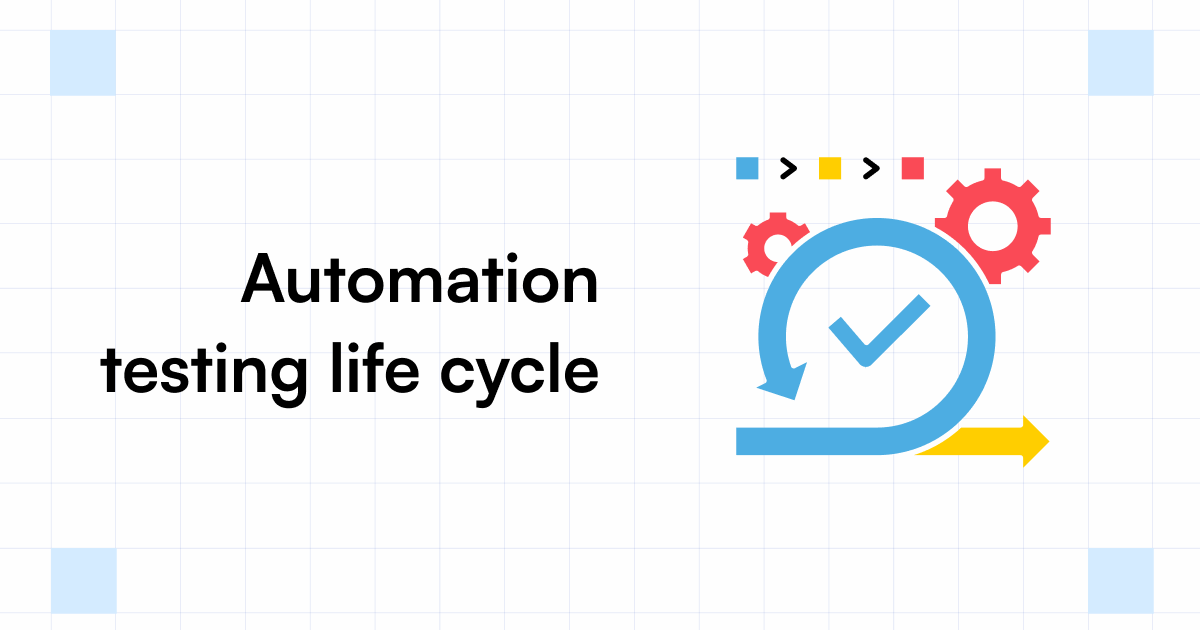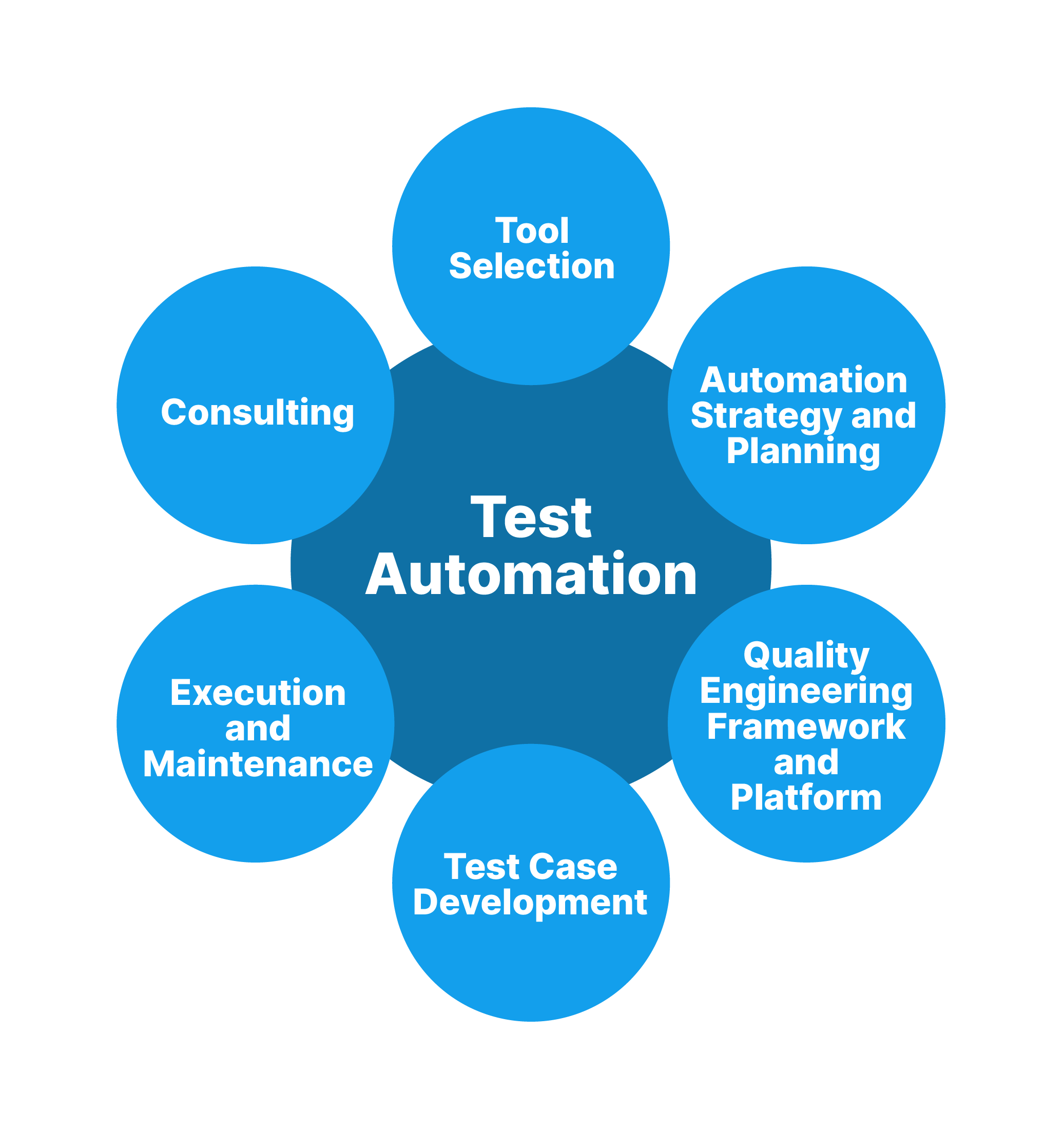From Guidebook to Automated Testing: A Comprehensive Overview to Transitioning Smoothly and Effectively
In the world of software program screening, the change from guidebook to automated processes has actually come to be a progressively essential change for companies looking for to improve efficiency and accuracy in their testing methods. The trip from manual to automated testing is not without its difficulties, yet when come close to strategically and with a clear strategy in mind, the advantages can be significant.
Advantages of Automated Checking
Automated testing offers various advantages, enhancing efficiency and precision in software advancement procedures. One key benefit is the substantial decrease in screening time. Automated examinations can be run at the same time on multiple tools and running systems, significantly speeding up the testing phase compared to manual screening. This enhanced efficiency permits for faster feedback on the quality of the software application, making it possible for programmers to recognize and resolve issues quickly.
Furthermore, automated testing makes sure a higher degree of accuracy in finding issues. Uniformity in screening is also boosted, as automated tests carry out the exact same steps exactly each time they are run.
Selecting the Right Devices

Firstly, analyze your demands and goals. Understand the scope of your project, the modern technologies involved, and the ability collection of your team. This analysis will aid you determine the attributes and abilities you require in your screening tools.
Second of all, think about the compatibility of the tools with your existing procedures and systems. Seamless combination with your existing software development lifecycle is important to ensure a smooth shift to automation.
Furthermore, evaluate the scalability and versatility of the tools. As your testing needs advance, the tools should be able to adjust and accommodate modifications efficiently.
Finally, consider the assistance and community around the devices. When carrying out automated screening, durable assistance and an energetic individual neighborhood can supply beneficial sources and support. By meticulously taking into consideration these elements, you can choose the right tools that straighten with your requirements and set the phase for an effective change to automated testing.
Composing Efficient Test Manuscripts

When crafting test scripts, it is hop over to these guys vital to take into consideration the certain needs of the software being evaluated and make certain that the manuscripts address all crucial performances. Descriptive and clear naming conventions for examination manuscripts and test instances can boost readability and maintainability. In addition, incorporating error handling mechanisms within the examination scripts can aid in recognizing and dealing with issues immediately.
Additionally, arranging examination manuscripts into modular components can improve reusability and scalability, reducing redundancy and enhancing efficiency in examination manuscript maintenance. Regular reviews and updates to check manuscripts are important to keep rate with developing software application demands and capabilities. By following these principles, testers can produce efficient and robust test manuscripts that contribute dramatically to the success of automated screening processes.
Integrating Automation Into Workflows
Reliable assimilation of automation devices into existing process simplifies procedures and improves performance within software program development cycles. When integrating automation right into workflows, it is important to recognize repetitive tasks that can be automated to conserve time and decrease human mistake. By flawlessly integrating automated testing visit our website tools like Selenium or Appium right into the software program growth lifecycle, teams can accomplish faster feedback on code modifications, bring about quicker pest detection and resolution. This assimilation enables continuous testing throughout the growth process, ensuring that any problems are determined early, leading to higher software application high quality. In addition, automation can be used to activate tests instantly after each code commit, providing instant recognition and liberating testers to concentrate on even more complicated scenarios. Correct combination of automation tools requires cooperation in between growth, testing, and operations groups to develop a unified process that optimizes efficiency and performance in delivering top quality software.
Making Certain a Smooth Change
Effectively transitioning to automated testing involves meticulous planning and mindful implementation to minimize interruptions and take full advantage of effectiveness in the software application growth procedure - automation testing. To make sure a smooth transition, it is vital to begin by conducting a comprehensive analysis of the existing testing procedures and determining areas where automation can bring the most significant advantages. Engaging with all stakeholders at an early stage in the procedure, including designers, testers, and task managers, is important for gathering assistance and buy-in for the automation campaign
Interaction is vital throughout this change phase. Clear communication of the goals, advantages, and assumptions of automated testing assists to take care of any resistance or problems that may emerge. Furthermore, providing appropriate training and resources for group members to upskill in automation devices and techniques is crucial for ensuring a successful transition.

Verdict
Finally, transitioning from guidebook to automated screening offers numerous benefits, including enhanced performance and integrity. By selecting the ideal tools, writing effective test manuscripts, and incorporating automation effortlessly into process, companies can make certain a Learn More Here smooth and successful change. It is necessary to accept automation as a useful possession in software testing processes to improve general quality and efficiency.
In the world of software application screening, the change from manual to automated procedures has come to be a significantly important shift for organizations seeking to enhance performance and precision in their testing techniques. Automated examinations can be run all at once on several devices and running systems, significantly speeding up the screening phase compared to manual testing. Uniformity in screening is also improved, as automated examinations execute the same steps specifically each time they are run.To make sure the successful application of chosen screening devices, the creation of reliable examination scripts plays an important role in validating the capability and efficiency of automated processes - automation testing. By adhering to these concepts, testers can produce robust and effective test scripts that contribute dramatically to the success of automated screening processes